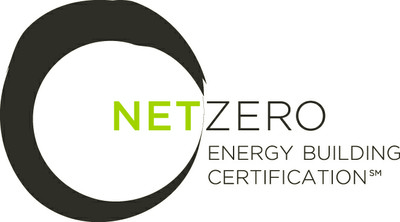
The International Living Future Institute — the nonprofit group that created the Living Building Challenge — has released documentation requirements for builders interested in meeting the Institute’s definition of net-zero energy performance. According to the Institute, the requirements will make it all but impossible for builders or homeowners to overstate energy performance.
The Net Zero Energy Building Certification process uses the structure of the Living Building Challenge — strict guidelines for sustainable building — to outline what “net zero energy” really means.
This definition is well outside the norm. Some of the requirements, for example, have nothing to do with energy use, such as limiting the impact of a building on adjacent properties and requiring building features “solely for human delight.” Unlike other interpretations of net-zero energy, no combustion is allowed, and “green power” purchases are not recognized under this definition.
“Net Zero Energy is quickly becoming a sought-after goal for many buildings around the globe — each relies on exceptional energy conservation and then on-site renewables to meet all of its heating, cooling and electricity needs,” the Institute said. “Yet the true performance of many developments is overstated — and actual Net Zero Energy buildings are still rare.”
Certification requires compliance with four goals:
- Limits to growth: Buildings may be constructed only on “greyfields” or “brownfields,” which are previously developed sites not classified as “sensitive ecological habitats.” Documentation must include photos showing the site and adjacent properties taken no later than Dec. 31, 2007.
- Net zero energy: All of the building’s energy needs must be supplied by onsite renewable energy on a net annual basis. Among the requirements are energy bills from a continuous 12-month period or proof the building isn’t connected to the grid, plus paperwork tabulating monthly energy consumption.
- Rights to nature: The building can’t block access to fresh air, sunlight or natural waterways to “any member of society or adjacent developments.”
- Beauty + Spirit, Inspiration + Education: “The building must contain design features intended solely for human delight and the celebration of culture, spirit and place appropriate to it function.”
Weekly Newsletter
Get building science and energy efficiency advice, plus special offers, in your inbox.





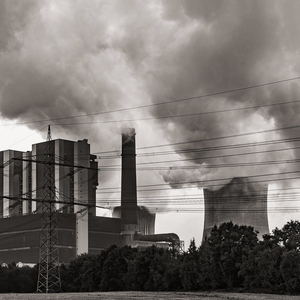
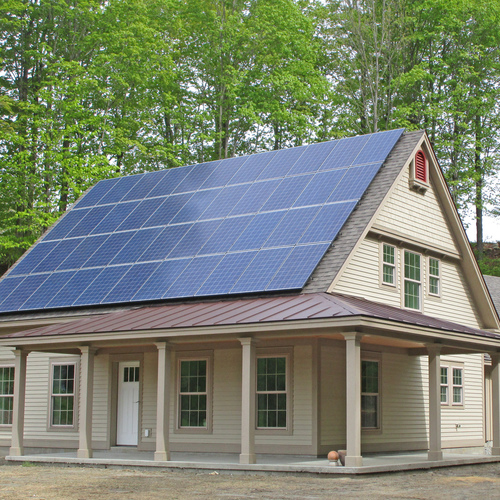
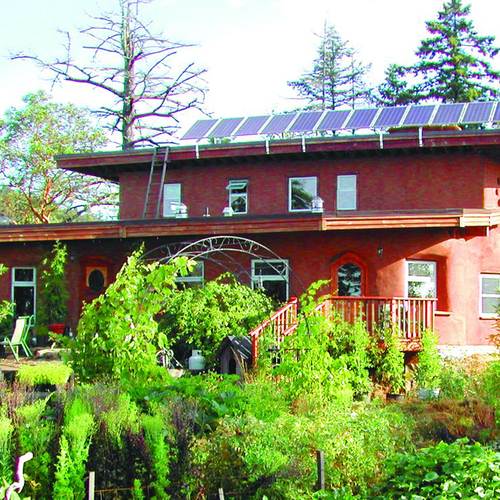
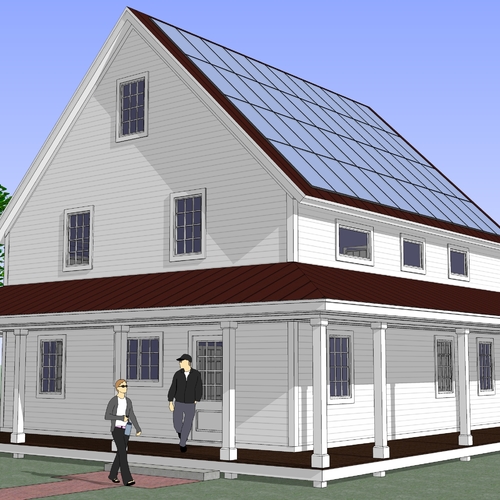






One Comment
Rights to Nature = No Cities
If you can't block sunlight or breezes to you neighbors, a city becomes impossible, leaving only sparsely populated suburbs and exurbs. The net-zero house does not lead to a net-zero life when two giant SUVs are parked in the garage after they drive a hundred miles or more a day.
New York City isn't one of the most energy efficient places to live in the country because it is build with super air tight construction, R-50 walls, only LED lights and covered with photovoltaics. It is efficient because there are many common walls for less exposed surface area, generally fewer square feet of living space per person. It is also that life without a personal car is the norm, not a near impossibility with "Rights to Nature". Where most of your shopping can be done by walking down the block, not firing up the SUV to drive 20 miles and you take the subway to work.
Log in or create an account to post a comment.
Sign up Log in